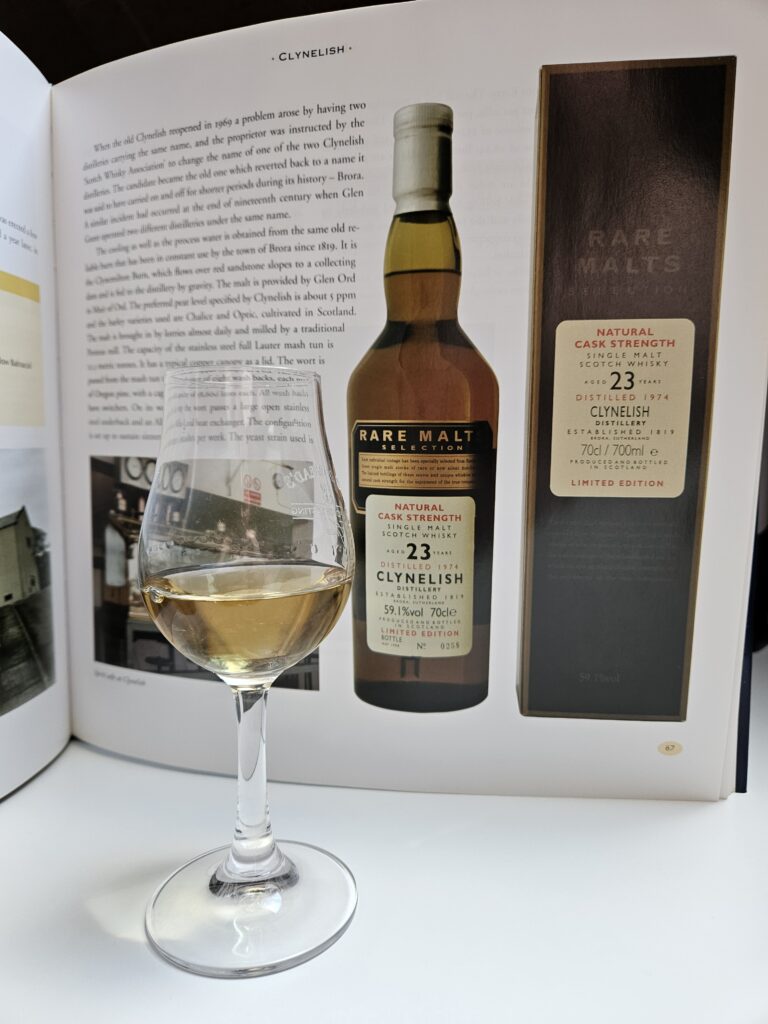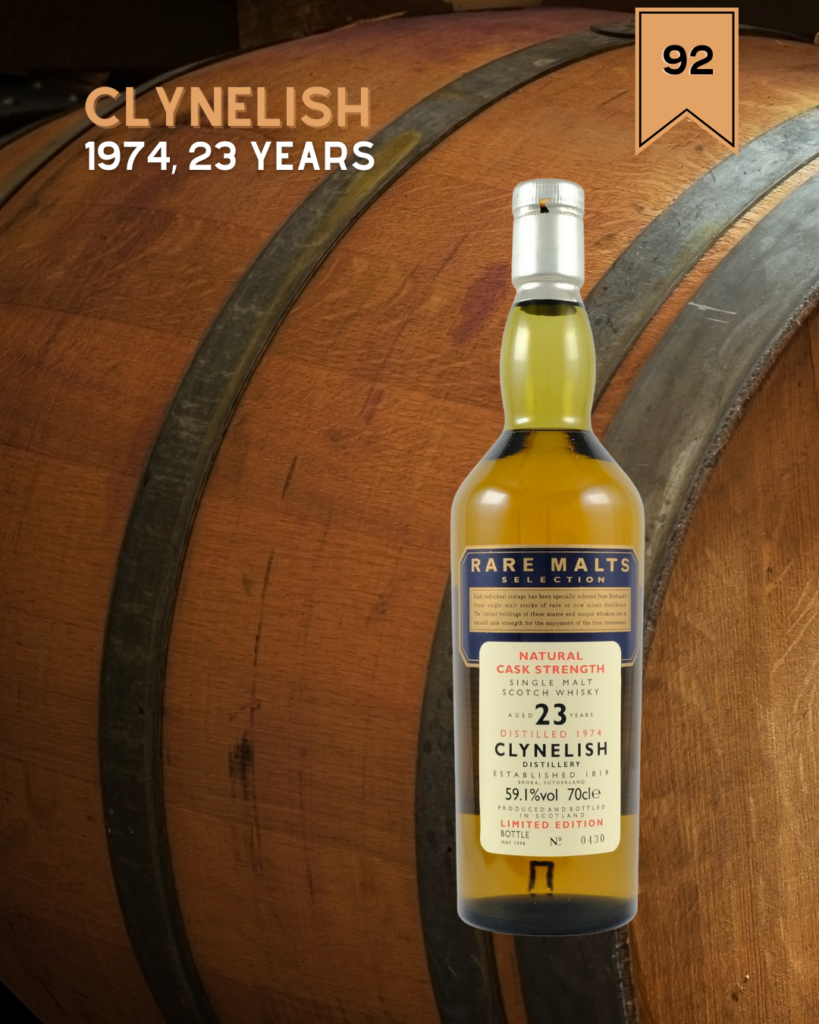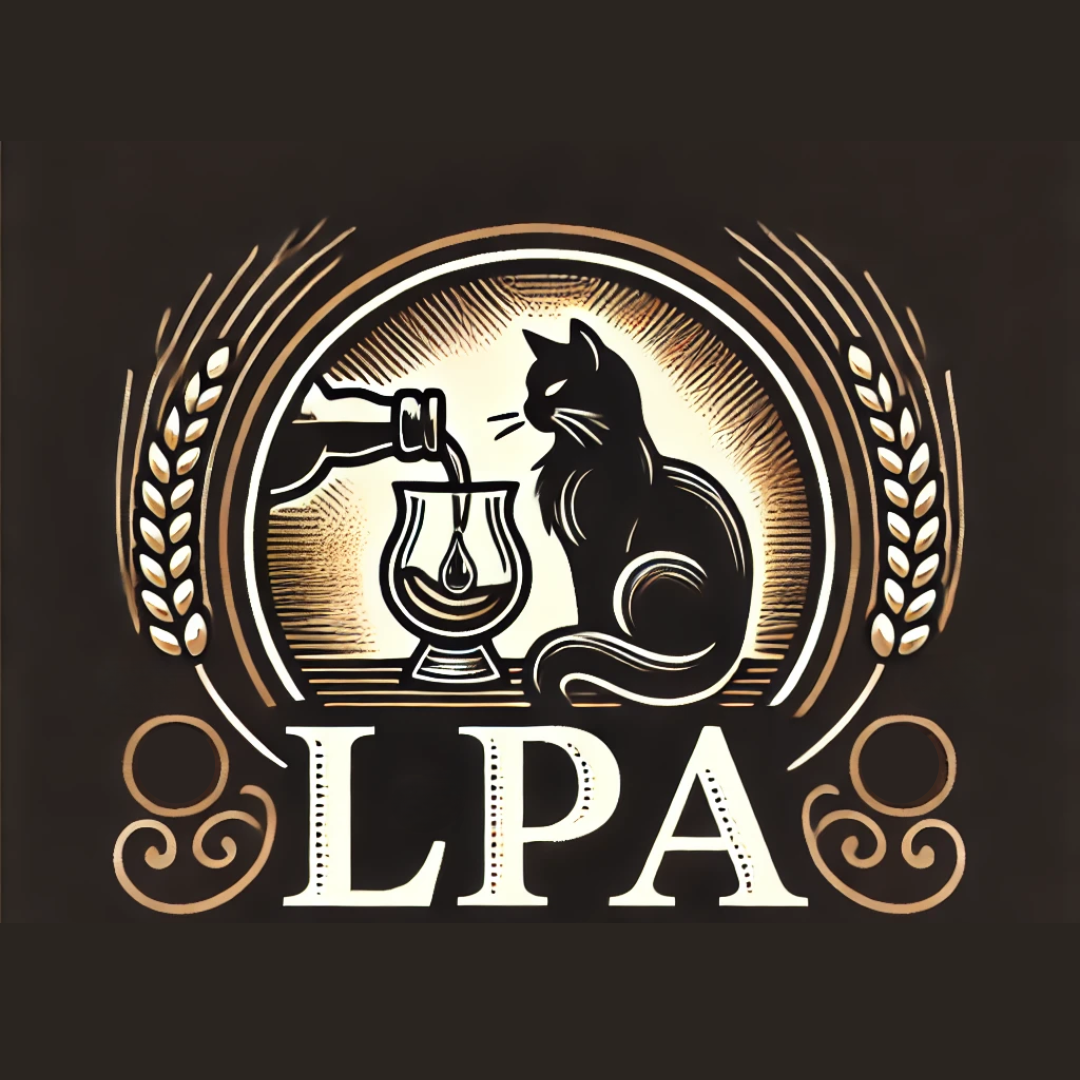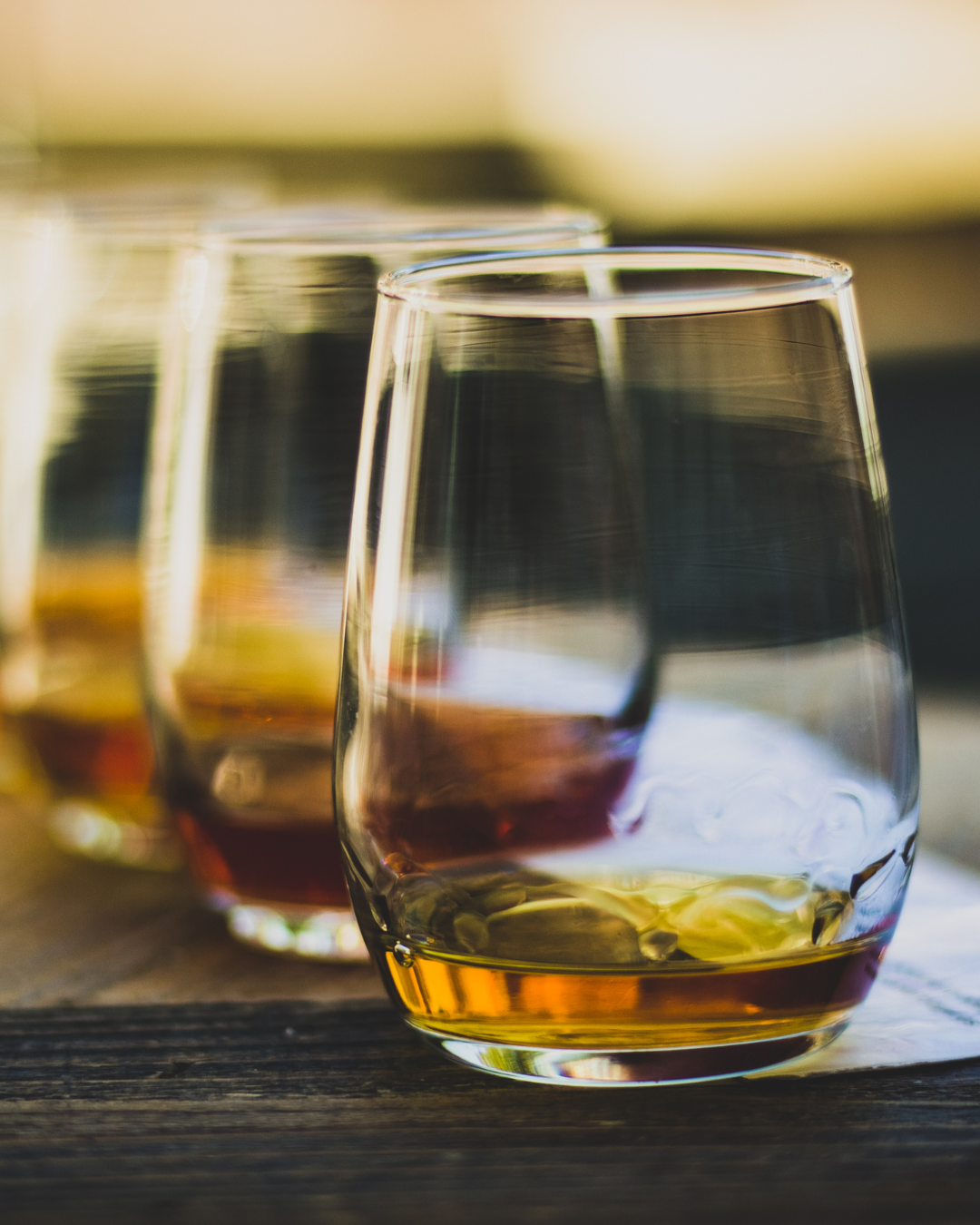Clynelish from the legendary 1970s… rare malt indeed!
In cooperation with expert whisky retailer Best of Wines, I am publishing blogs about expressions in Diageo’s legendary Rare Malts Selection. This was a series devised to highlight the more obscure malts in the company’s portfolio, long before the interest in single malt whisky rose to its current day status. We indeed got very rare examples of lost distilleries (Port Ellen), unknown ones (Mannochmore) and regular ones at deviant ages (Clynelish). In one form or another, 121 versions were released. Today we continue our journey through liquid history with an expression from the by now legendary Clynelish coastal highland malt. Be sure to check out our library for previous entries about Banff, Glenury Royal and St. Magdalene Distillery.
For whisky enthusiasts today, it might be hard to imagine that Clynelish was once a rather obscure malt, held in high esteem by connoisseurs, but overlooked by most everyone else. We will taste an expression that was distilled in the 1970s and bottled at the end of the previous century. At that time, there was only a very rare bottling at 14 years old in the Flora & Fauna series. Only in 2005 the brand got promoted to a spot in the “Hidden malts” series that also included Glen Ord (in the square bottle) and Caol Ila. If you look at where things are now, the world is quite different. Glen Ord is nowadays one of the three distilleries represented in the Singleton brand, mostly aimed at Asian markets. Caol Ila has a range all its own, with a NAS, age stated and distiller’s edition. And Clynelish? With the exception of an occasional distiller’s edition or a release in Diageo’s yearly Special Releases, it still has to rely mostly on that 14 years old, in a bottle that has barely changed in 20 years. We must credit – as ever so often – independent bottlers with doing the heavy lifting on the reputation of this classic coastal Highland malt.
The reason we do not see more single malt released by the owner Diageo itself, is of course the importance of Clynelish for their blended products, most notably the Johnnie Walker range. In 2016, the distillery even closed down for a year to expand. With now 5 million litres produced per year, we can only hope that malt enthusiasts get to see more single malt from that expansion as well. We will keep an eye out!
Diving into the history of Clynelish is a complex task, even if you are already initiated. The whisky we are tasting today was more or less made in the current day’s distillery (obviously before the upgrade in 2016). But that distillery was in fact a brand new facility when it was erected in 1966-1967. Yes, I know that is almost 60 years ago. The first spirit came from the stills in August 1967. The new buildings were erected next to the original Clynelish Distillery, that has a history going back much further in time, all the way to 1819. The two distilleries only worked for one year alongside each other, until the old facilities were closed. From there on out, there was only one distillery carrying on the name, and that was the new Clynelish. Whisky was booming in that time, and it was just deemed more sensible to build an entire new production site, than to enlarge the old one. Also, the size of the stills in the new Clynelish site are a bit larger than the stills of the original Clynelish. The wash still and spirit still at Brora were 14.400 and 13.200 litres in size respectively, and the wash and spirit stills at Clynelish are 25.000 and 19.000 litres.

For anyone wondering about what happened to the old distillery… well, in 1969 it started producing again, but the Scotch Whisky Association did force the owners to choose a different name for either one distillery. Than it was decided to let the new facilities keep the name Clynelish, while the old distillery was renamed to Brora. It produced mostly peated spirit until it closed for a long time on 17 march 1983, and it still revered as one of the best (peated) whisky ever made. It was a happy accident, as production was meant to compensate for production challenges on Islay, the main source for peated whisky. We will keep the Brora story on the shelf for you for when we do a deep dive into the history of Brora Distillery. I will now finish up with stating that Brora is no longer a lost distillery, since production has resumed in 2021. If you cannot wait, there is one place I can redirect you, and that is Serge Valentin’s notes on Brora.
We continue to look at the current Clynelish Distillery then. I visited the site twice, during a holiday and on excursion with whisky friends. In those days it was all about Clynelish, the Brora distillery neglected and in terrible state. The “modern” distillery is, however, a sight to see as well. It operated on what can only be called a Star Trek like board room, producing this typically waxy spirit that is attributed to residue building up in the foreshots and feints receiver over time. According to the Malt Whisky Yearbook 2025, a special group was established to make sure Clynelish would keep this vital characteristic after the expansion in 2016.
Like I said before, the wash still and spirit still at Brora were 14.400 and 13.200 litres in size respectively, and the wash and spirit stills at Clynelish are 25.000 and 19.000 litres. As righteous whisky nerds visiting this iconic distillery – we are talking about the year 2011 and with no sight at Brora going into production ever again – we asked why Clynelish would not produce peated batches for a few weeks a year. Certainly, they could create a Brora-like style. The answer then was that the still size would for sure create a different kind of peated spirit compared to the Brora style that was made in smaller stills. If that was true or not, it was in any case (as far as we have seen) never attempted. With facilities up and running on Islay, with also a rebuild Caol Ila, there was no need for Clynelish to do things differently. The Clynelish malt is peated only at the very light 5 PPM and that is that. With water still taken from the Clynemilton Burn, the distillery will keep up churning out rich, fruity and waxy style single malt for us to enjoy.
To me, Clynelish from the 1970s represents probably the best whisky ever made, rivalled perhaps only by 1960s Islay malts. If you start digging in the Whiskybase, you will discover that 1972 is actually the only year of which you can find multiple bottlings (52 to be exact). The year 1974 is already much less represented (9 entries in the base). For 1975 the number is zero. The one we have on the table today is the only proprietary bottling from the vintage 1974, bottled in the Rare Malts Selection. Let’s put our pipette ready and dive in.

Clynelish 1974, 23 years old, bottled at 59,1 % abv
First things first: The only 1974 Clynelish released in the Rare Malts Selection. Other versions are from 1972, five different ones. This Clynelish 1974 was bottled in May 1998 at 23 years of age, probably close to 24 years. Standard cask management for Clynelish is 14 years in ex-bourbon casks, but there is also whisky put aside in smaller and larger sherry casks. We have no information on makeup for this bottling, so we will find out with our senses what this is made of!
Upon Sipping: An example of a monstrous abv at a rather advanced age. Sometimes as reason given I understand because of shortage of casks, the whisky was not filled at the blending strength of 63,5 % abv but at an average higher strength straight from the stills. This glass was filled from a smaller sample bottle, which allowed the liquid to breathe for a few years already. This might well have tempered the alcohol, because I immediately pick up on this incredible waxy note, that overrules any other nuance in this Clynelish. Lots of honey, creamy and dripping from a bottle, but also the crusty residue of it that landed on your kitchen counter. It is truly a singular experience that only Clynelish can deliver in such abundance. In the distance I even detect some cheese fragrance, that is not bothersome at all. Mostly on cream, and lots of grass. The wax rules supreme. After some breathing this might turn into coastal lemons, if that’s a thing, but it sure is in this glass. On repeated whiffs, you pick up some sea air, disclosing the pure maritime character of this Clynelish. It is the Sunderland regio captured in a glass.
We take the first sip undiluted. It is surprisingly soft on the palate, quite sour on those lemons now, and incredibly waxy on the exit. The smoketrails on the finish are a sight to behold with your inner eye. It is already magnificent in this appearance, but I do believe water will bring out more nuance. Indeed it does, with more lemon character arisen straight away. Lemon zest to be exact. But also more yellow fruit now, with hints of banana and even some sugary agave. You could say this is not the most complex nose, but because it shines so brightly and loudly with the volume on 10, it eclipses many other whiskies. Taking another sip, the mouthfeel does feel less like a wolf in sheep’s clothing, you can actually keep it there and enjoy the zesty composition. On the finish, there is now a bitter note that is less pleasant in the grand scheme of things, but it is just a detail.
Word to the Wise: Normally, for these kind of blogs, I do not mind going deep and drink more than a few cl, if I have them. I had some 4 cl leftover and I think another 2 or 3 of them go back into the drawer. The impact of just a few sips is so incredible, that might you have a whole bottle of this Clynelish, it will probably never run dry if you drink it alone for the rest of your life. So potent is this Clynelish, with a finish that can linger for hours if you let it. In all honesty, years in the big bottle, sample bottle and, ultimately, also lots of time in the glass will enhance your drinking experience.
Score: 92 points


Geef een reactie